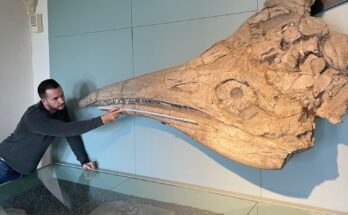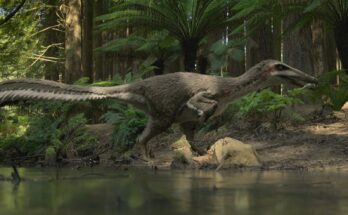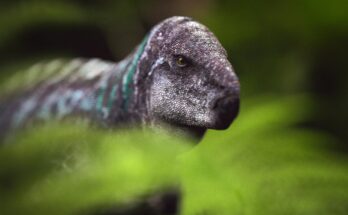Introduction
Imagine a dinosaur that looked like a giant, feathery ostrich—but could outrun most predators of its time. Meet Ornithomimus, the “bird mimic” dinosaur that was built for speed, smarts, and survival in the Late Cretaceous.
This fascinating theropod wasn’t a vicious hunter like T. rex—it was a swift, omnivorous sprinter that relied on its legs to escape danger.
In this fast-paced guide, we’ll explore:
✔ How its fossils revealed a dinosaur unlike any other
✔ Why it was one of the fastest creatures of the Mesozoic
✔ Feathers, diet, and behavior—was it more bird than reptile?
✔ Its sudden extinction—and living relatives today
Let’s race into the world of this Cretaceous roadrunner!
Chapter 1: Discovery & Naming—The Original “Ostrich Dinosaur”
First Fossils (Late 1800s)
- Discovered in Colorado (1890) by paleontologist Othniel Charles Marsh.
- Named Ornithomimus velox—Greek for “swift bird mimic”—due to its uncanny resemblance to modern flightless birds.
Key Fossil Finds
- Multiple nearly complete skeletons found in Canada & the U.S.
- Feather impressions confirmed in 2015—proving it had a fluffy, bird-like coat.
Fun Fact: Early paleontologists thought Ornithomimus was a missing link between dinosaurs and birds!
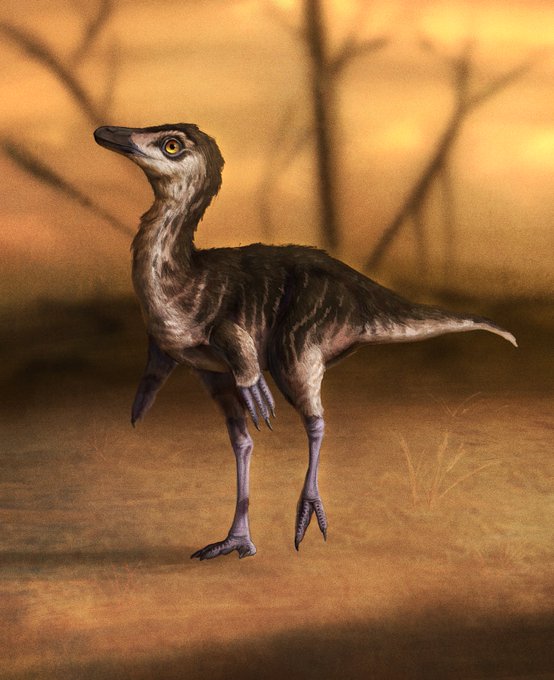
Chapter 2: Anatomy of a Speed Demon
Size & Build
- Length: 10-13 ft (3-4 m)—about the size of a large ostrich + tail.
- Weight: 300-400 lbs—lighter than a modern giraffe.
- Top Speed: Estimated 40-50 mph—faster than a racehorse!
Adaptations for Speed
✔ Long, powerful legs—built for sprinting.
✔ Lightweight bones—similar to modern birds.
✔ Stiff tail for balance—helped it make sharp turns while running.
Feathers & Appearance
- Covered in downy feathers (for insulation, not flight).
- Possible wing-like arms—but too small for flying.
- Large eyes—suggesting excellent vision for spotting predators.
Myth Buster: Despite its name, Ornithomimus wasn’t a direct bird ancestor—just a very bird-like dinosaur!
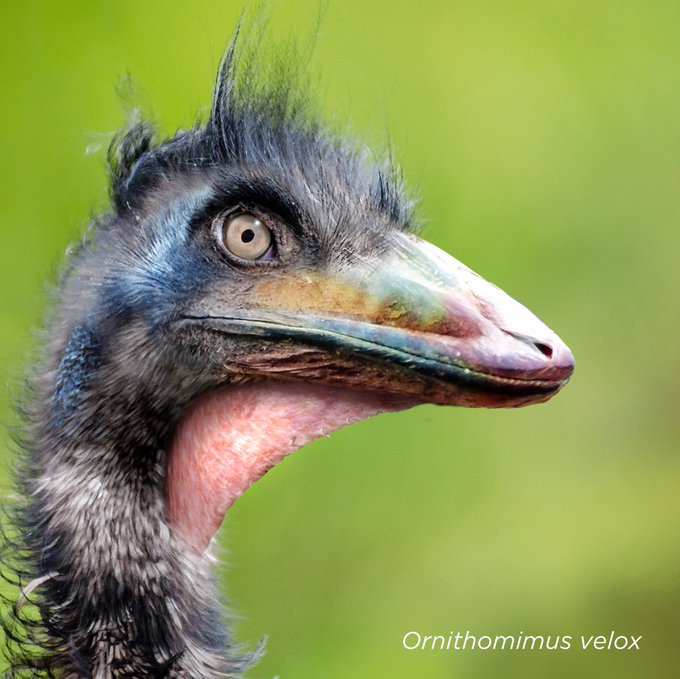
Chapter 3: Diet & Behavior—The Opportunistic Omnivore
What Did It Eat?
- Omnivorous diet—plants, fruits, insects, small animals, and even eggs.
- Toothless beak—perfect for pecking at food like a modern emu.
Herd Animal or Lone Runner?
- Fossil trackways suggest it lived in groups for safety.
- Nesting sites indicate possible parental care.
Predators & Survival Tactics
- Main threats: Tyrannosaurs (like Albertosaurus) & dromaeosaurs.
- Primary defense? Run away—fast!
Big Question: Could Ornithomimus have used its wing-like arms for display, like a peacock?
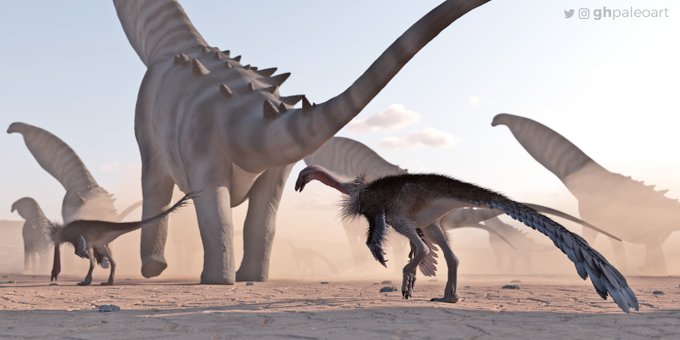
Chapter 5: Extinction & Legacy
The K-Pg Asteroid (66 Million Years Ago)
- Like all non-avian dinosaurs, Ornithomimus died out in the mass extinction.
Living Relatives?
- Birds are its closest modern cousins—especially ostriches & emus.
Pop Culture Appearances
- Featured in documentaries like Walking with Dinosaurs.
- Often overshadowed by Velociraptor—but just as fascinating!
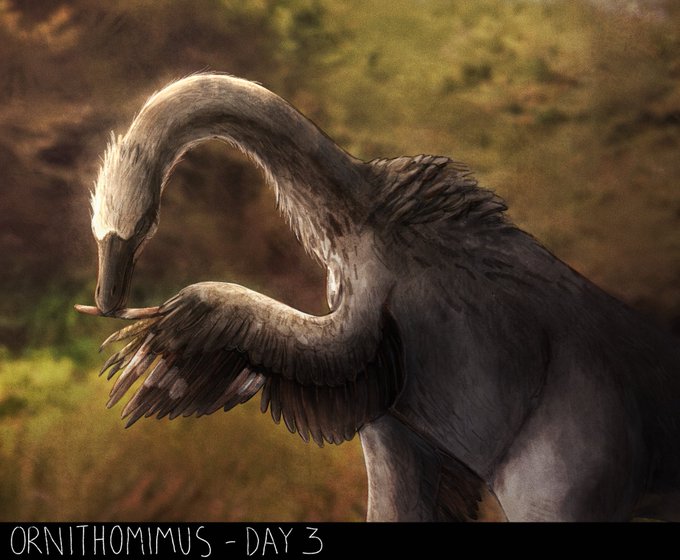
Conclusion: The Ultimate Mesozoic Sprinter
Ornithomimus was evolution’s experiment in speed—a dinosaur that acted more like a bird than a reptile. If not for the asteroid, could it have evolved into something even more bird-like?
Final Thought: If Ornithomimus lived today, would it dominate sprint races against cheetahs & ostriches?
Want More Dino Speedsters?
✅ Follow for more prehistoric athlete profiles!
✅ Comment: Who’s faster—Ornithomimus or a modern ostrich? 🏃♂️🔥
